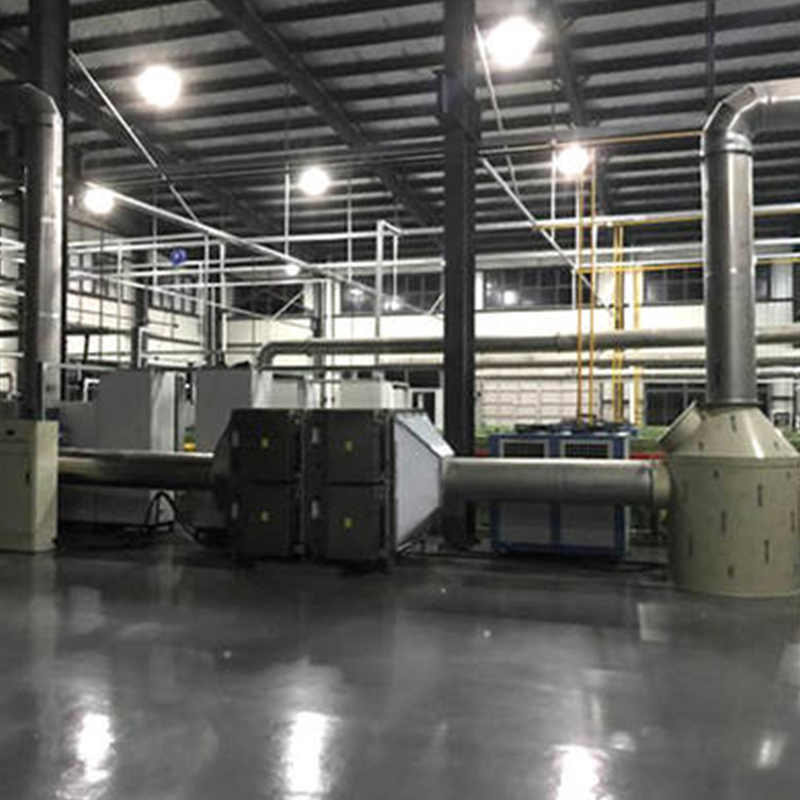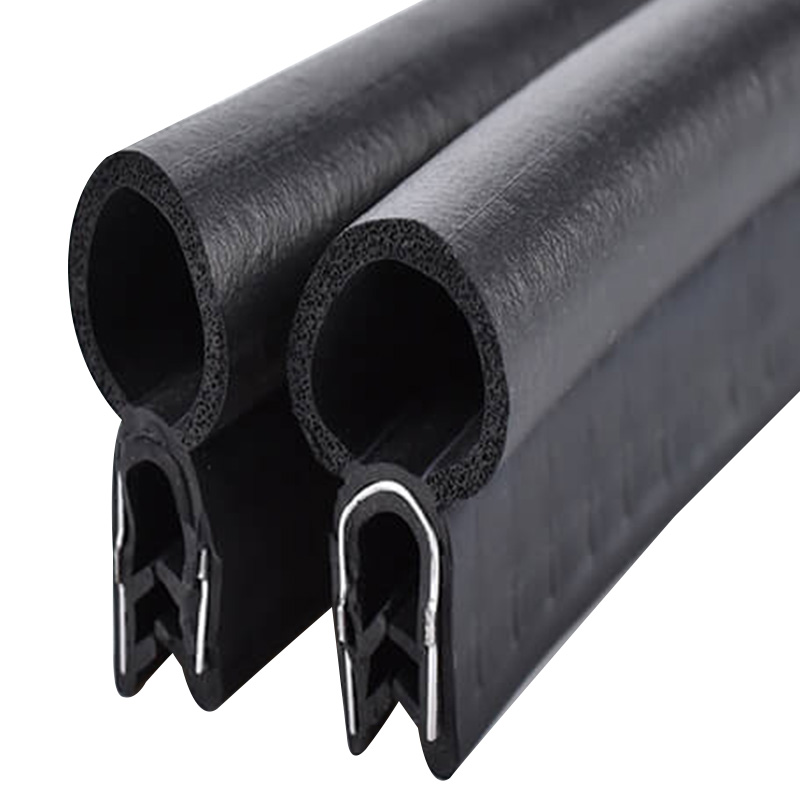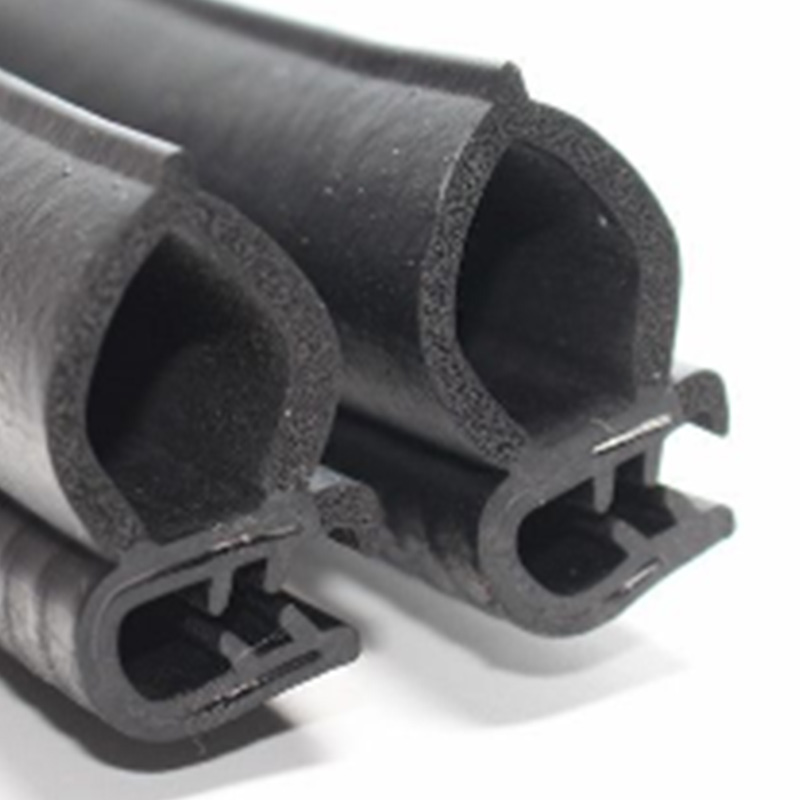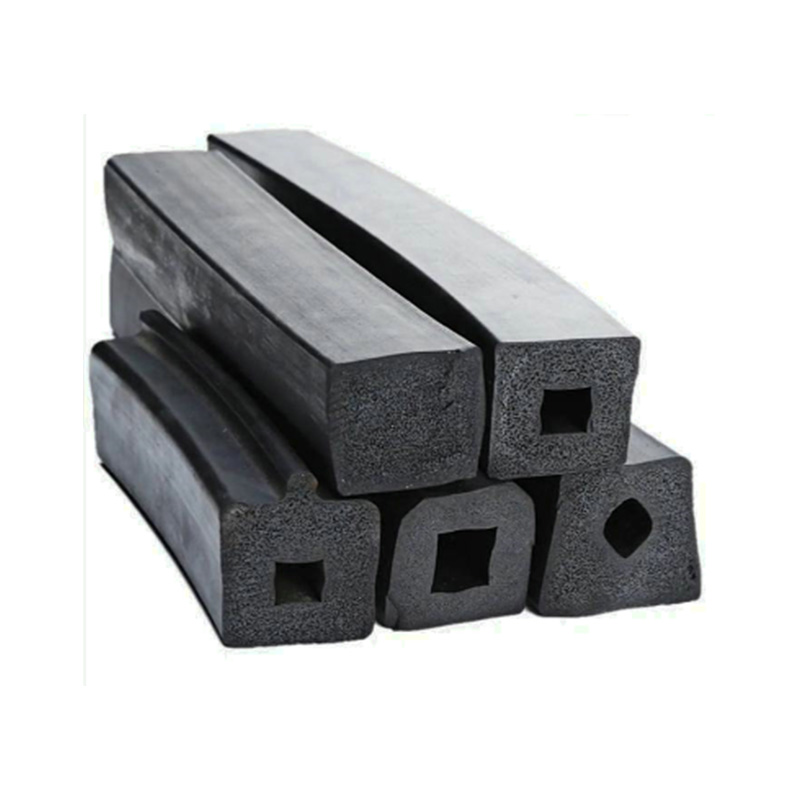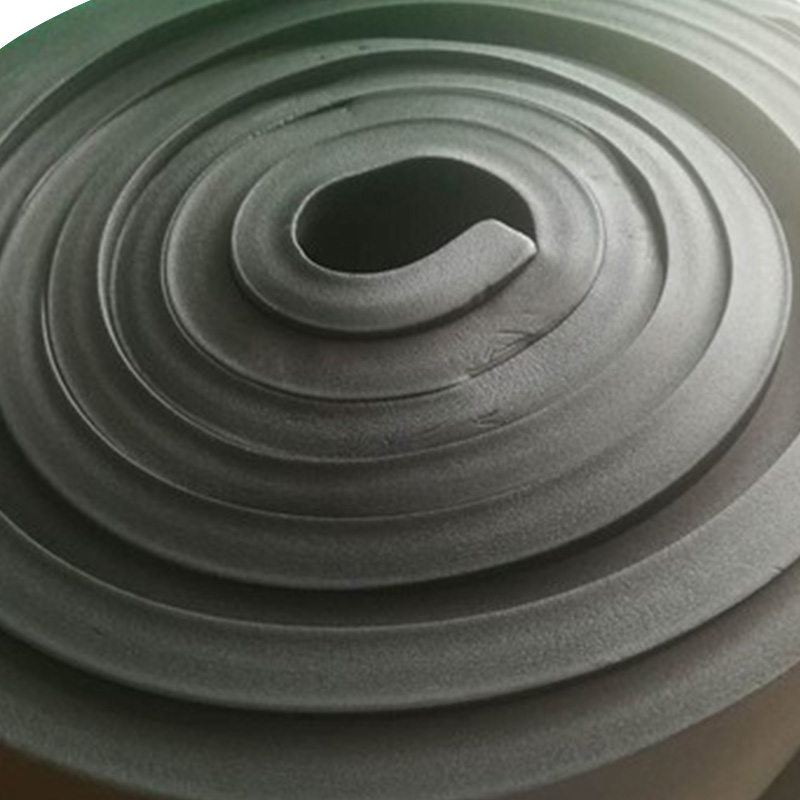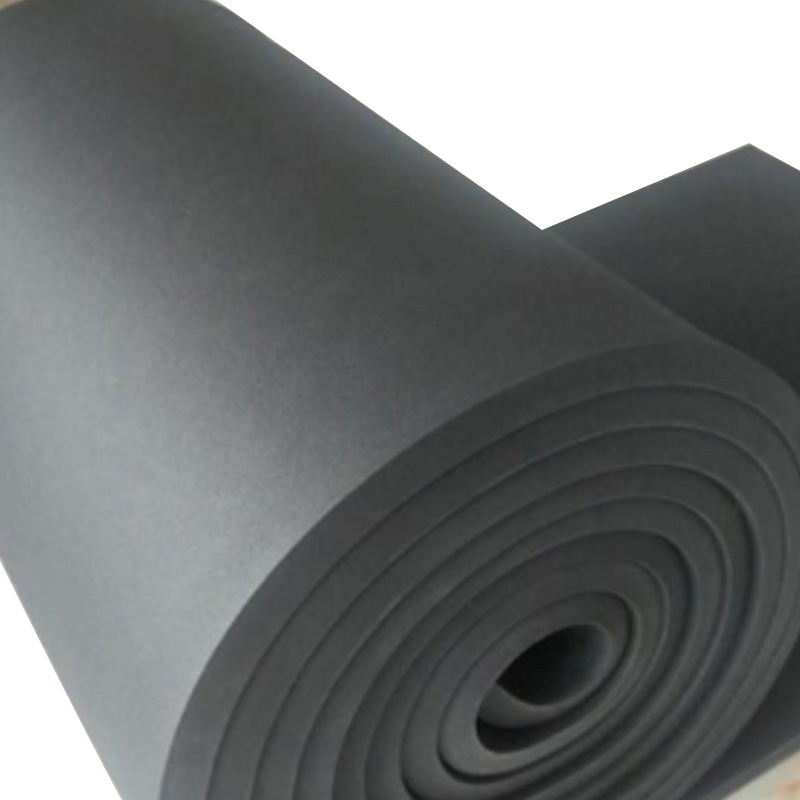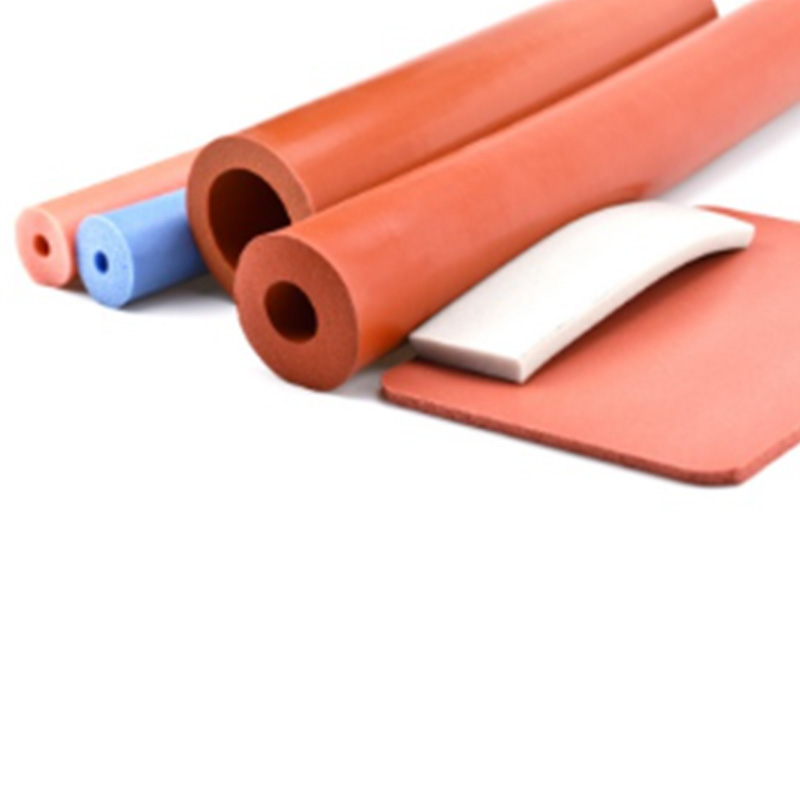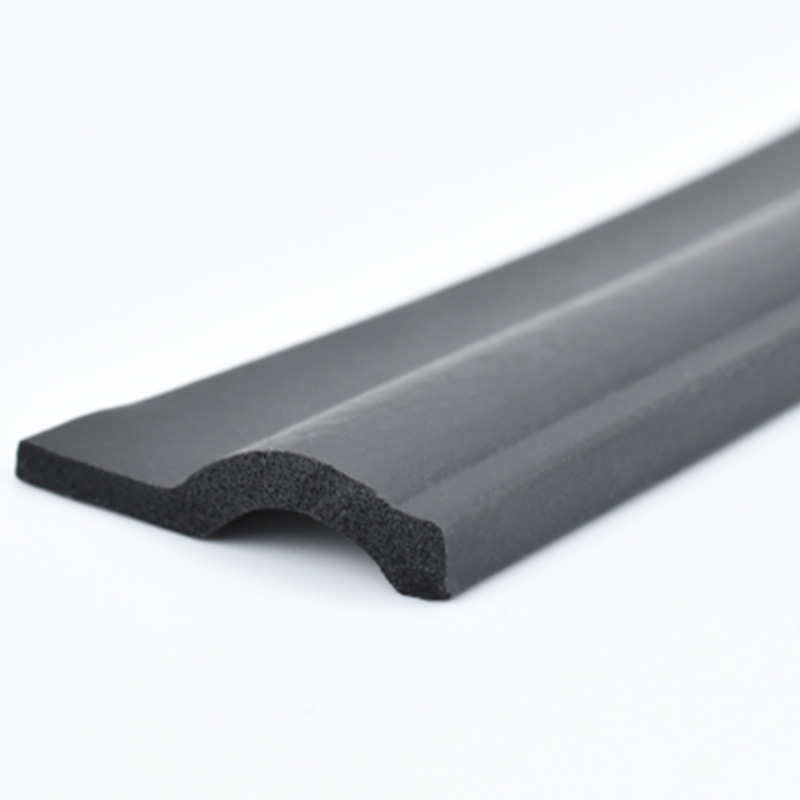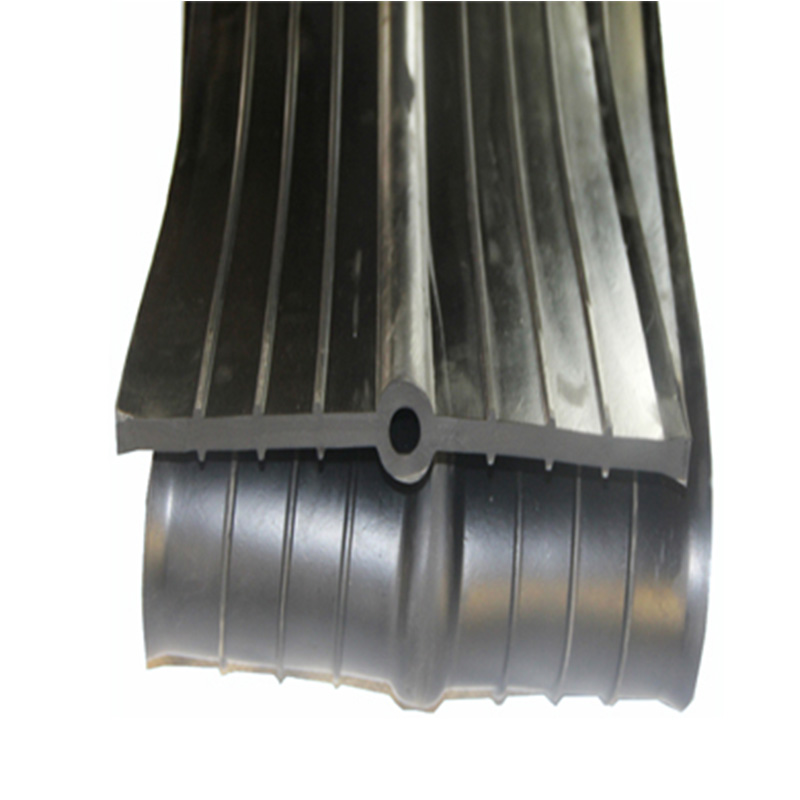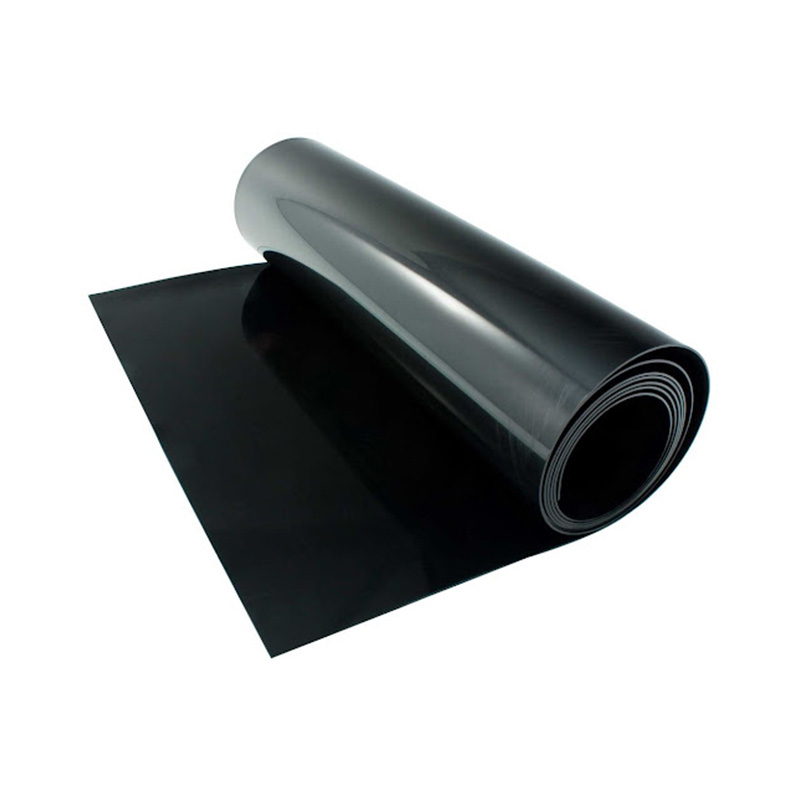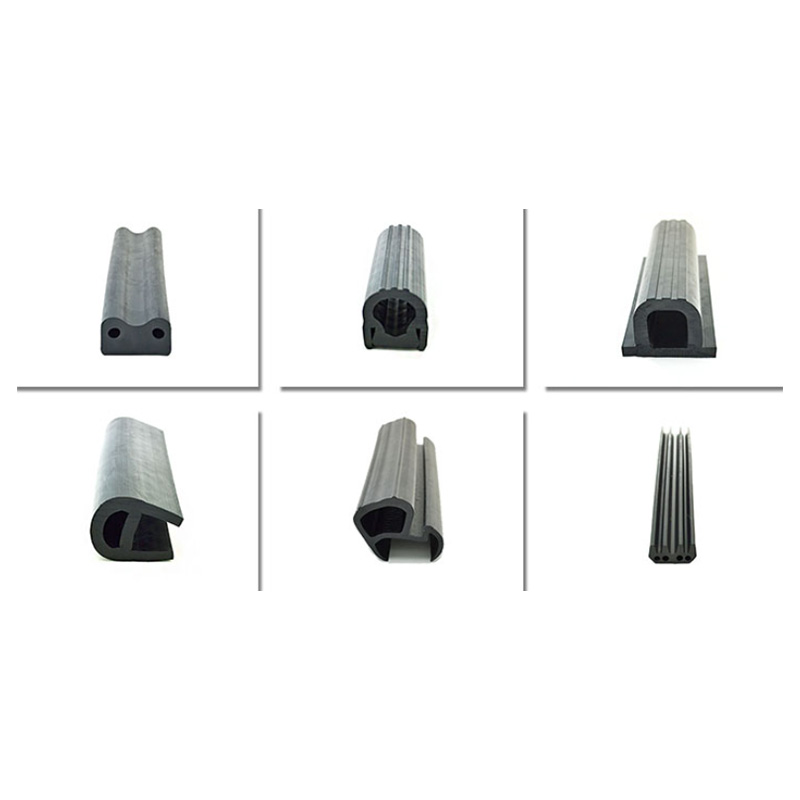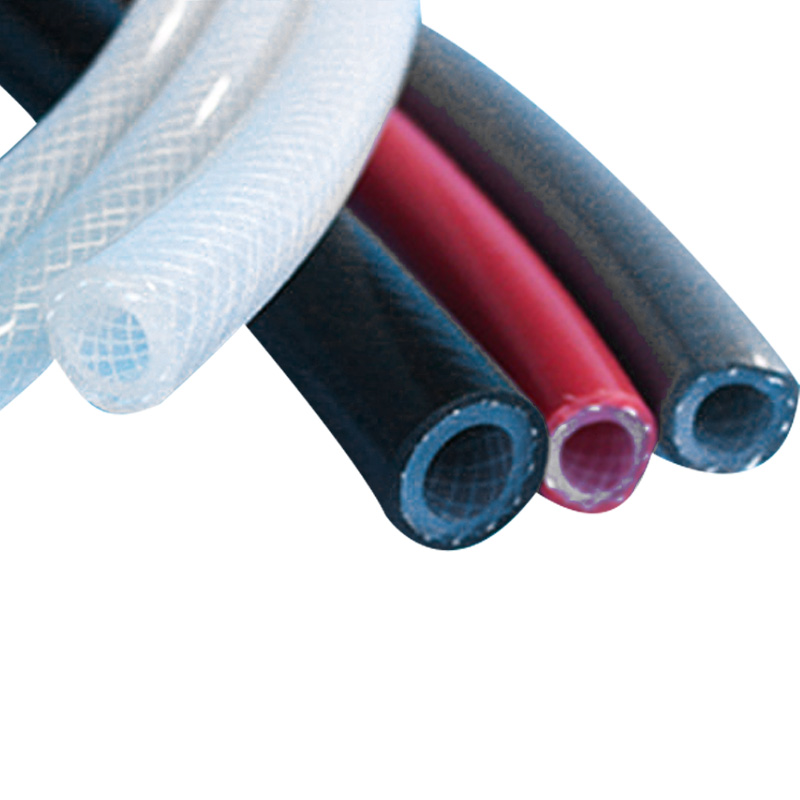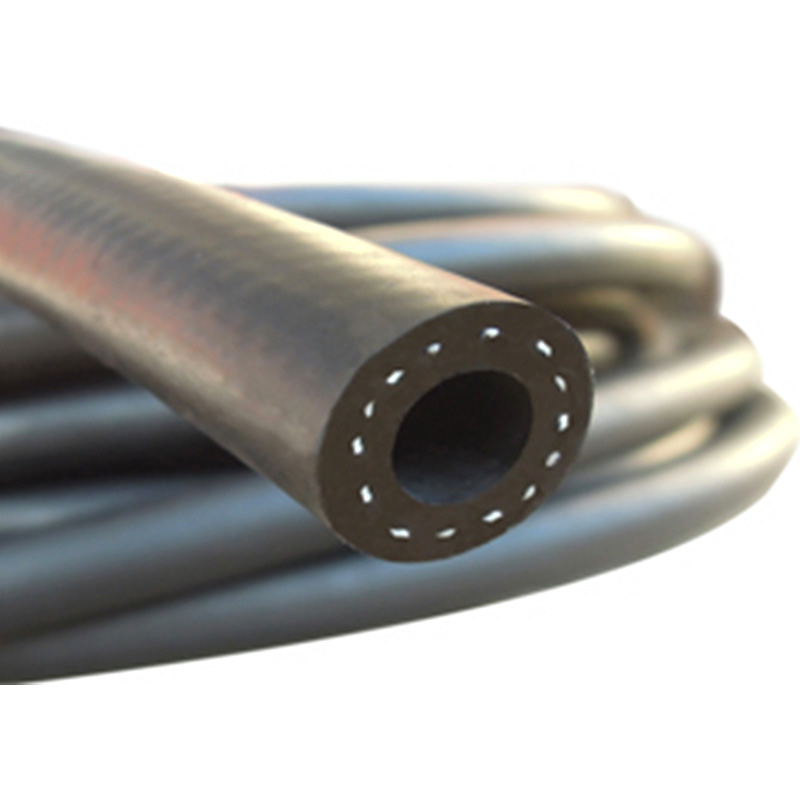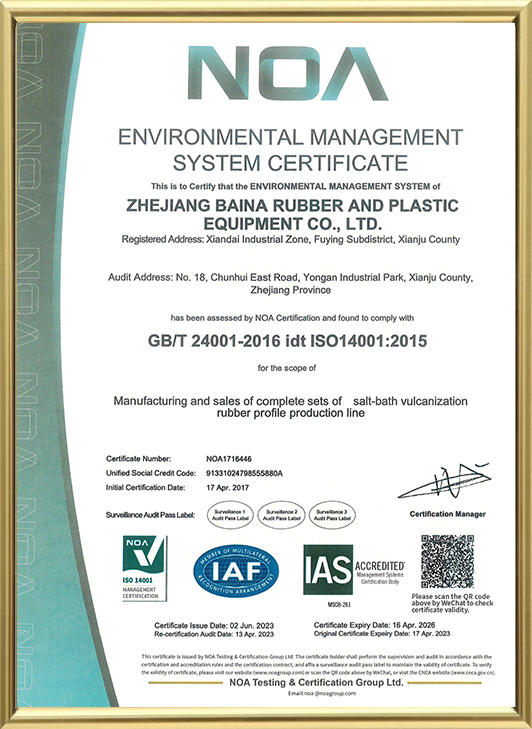Introduction to rubber vulcanized flue gas purification system
In the production process of various rubber vulcanized industrial materials, it is necessary to heat and transport the rubber and make a rubber compound which meets various process requirements for production and use, and a large amount of rubber fumes are generated. The main component of rubber vulcanized flue gas is tar. The flue gas contains various organic substances, such as benzopyrene, benzopyrene, carbazole and other polycyclic aromatic hydrocarbons, and lots of them are carcinogenic or carcinogenic. Rubber vulcanized flue gases contain irritating gases such as hydrogen sulfide. The rubber smoke particle size is between 0.1 and 1.0 μm, the small is only 0.01 μm, and the large is about 10.0 μm, especially the various carcinogens represented by 3,4-benzopyrene are attached to on the floating dust below 8 um, it is sucked into the body through the respiratory tract. These toxic substances seriously affect human health. The purification system purifies the rubber flue gas through various purifying processes, removes the flue gas oil mist particles in the rubber flue gas, oxidizes and decomposes the harmful gas in the rubber flue gas, so that the discharge meets the rubber product industrial pollutant discharge standard GB27632 -2011", "Evil odor pollutant discharge standard GB 14554-93", "Atmospheric pollutants comprehensive discharge standard GB16297-1996" secondary standard requirements, and can pass the environmental protection department test qualified as acceptance criteria.
Working principle:
The rubber flue gas is mainly in the form of 0.1~1.0um tar fine mist particles. The purification treatment is to capture these tiny particles as much as possible, and decompose gaseous benzopyrene, benzopyrene, carbazole, etc. A variety of polycyclic aromatic hydrocarbons decompose and absorb harmful substances such as hydrogen sulfide and sulfur dioxide, so that the emission of flue gas meets relevant standards and no secondary pollution is formed.
Process flow :
Rubber flue gas → cooling and quenching and tempering → plasma fume purification → plasma exhaust gas odor purification → lye absorption → environmental emission

1.1 desuperheating and conditioning section :
The temperature of the rubber flue gas is reduced to 80-100 degrees to ensure that the rubber fume maintains the fluidity, and the rubber smoke is cooled as much as possible to form liquid oil mist particles, which is convenient for the plasma fume purification unit to capture.
1.2 plasma fume purification section:
The plasma fume purifier consists of a metal filter, a high pressure ionizer and a dust collecting chamber. The fine smoke particles and oil mist particles in the exhaust gas enter the ionization zone with the gas flow, and are positively charged by the high voltage ionization. When the positively charged particles pass through the negatively charged dust collecting plate, they are adsorbed on the dust collecting plate. The effect of gravity drops to the oil collecting tank, and the toxic and harmful substances and odorous gases in the flue gas can also be well oxidized and decomposed under the action of high pressure plasma.
1.3 plasma malodor and odor purification section:
A high concentration plasma is mainly produced by a method such as corona discharge. Plasma is a kind of aggregated material, and its high-energy electrons collide with molecules in the smoke to undergo a series of physicochemical reactions, and generate a variety of active free radicals and ecological oxygen during the reaction, that is, ozone decomposition. The atomic oxygen produced, the ecological oxygen can rapidly decompose or oxidize the organic odor gas into low molecular harmless substances (such as H 20, CO 2 ); Alternatively, small effective ensembles of sub-micron fine mist particles can be generated by condensation of ions in the plasma and in the object.
1.4 lye washing purification section:
The hydrogen sulfide in the rubber vulcanized tobacco is oxidatively decomposed into acidic sulfur dioxide or sulfur trioxide by a plasma purification device, and can be neutralized and absorbed by an aqueous caustic soda solution.
Introduction to low-temperature plasma
The plasma is composed of electrons, ions, radicals and neutral ions. The working state is a meteor shower-like conductive fluid, which is a solid matter, liquid, and gaseous. The plasma generator is electrically neutral and safe. According to the temperature of the ions, the plasma is divided into a thermal equilibrium plasma, a non-equilibrium plasma, and a low temperature plasma.
Low temperature plasma purification works:
Plasma systems have enough energy to generate large amounts of free radicals, triggering a complex series of physical and chemical reactions. The gas organic chemical reaction caused by the low temperature plasma is ionization, dissociation, excitation, atomic, intermolecular interaction and addition reaction in the gas phase. This energy is sufficient to break the chemical bonds in lots of gaseous organics, causing them to degrade.
Considering the efficiency of purifying air, we chose the corona current highering device to eliminate harmful gases by the combination of pulse corona discharge low temperature plasma and adsorption technology. The low temperature plasma is mainly used to remove hydrogen sulfide and ammonia. Benzene, toluene, xylene, formaldehyde, acetone, urethane, resin, and other gases and disinfection, adsorption materials are mainly used to remove carbon dioxide and ozone and other by-products. The purification device consists of an initial filter unit, a low temperature plasma generator, a filter unit, a fan, and the like.

Second, the product characteristics
2.1 purification of large amount of exhaust gas, high purification efficiency: the purification exhaust gas per purification module is 1000m3 / h, the removal efficiency of particulate matter ≥ 99%, the removal efficiency of organic malodorous gas ≥ 99.5%.
2.2 Modular combination: The purification power supply and purifier are all modular. According to the quantity of exhaust gas, the content of harmful gases, the exhaust speed, and different emission treatment requirements, flexible design can be adopted, and the number of purification modules and module arrangement can be adopted to achieve the ideal application effect.
2.3 Can withstand high temperature environment: The outer casing and the butt flange are sprayed with cold-rolled steel plate and high temperature resistant paint. The electrode plate in the purification module is made of 304 stainless steel plate, positive and negative insulation and fixed with high temperature resistant ceramic material, and high temperature working area conductive wire. Ceramic tube insulation. The comprehensive use of high temperature resistant materials ensures that the purifier works stably in high temperature environments above 150oC.
2.4 Purification power supply has comprehensive functions and technology: the high-voltage power supply is carefully designed into a sealed and sealed unit body. The power supply box and the purifier housing are insulated with high-temperature insulation materials, which are safe and reliable. The purification power supply can automatically adjust the electric field strength, so that the purification equipment still maintains high purification efficiency after long-term operation. There are high voltage output overvoltage and short circuit protection, output constant current and other functions. It can be powered by 220 V AC or 12V, 24V, 48V DC.
2.5 Low operating cost: With a power of 400W-600W per purification module, it can purify exhaust at 1000M3/h at low cost. The purifier works for a long time, and more soot particles are collected on the negative plate. It can be sprayed with detergent and then rinsed directly with water. After air drying, it can be put back into place without affecting the purification efficiency.
2.6 Simple and convenient to install: The bottom of the purification module is equipped with a lockable universal rubber wheel for easy movement; the top is equipped with a lifting ring for easy installation on the roof. The cleaning module is connected by large flange bolts and sealed with high temperature resistant asidealos board for easy installation. The cleaning module is installed in a drawer structure. The cleaning module can be directly pulled out by opening the sealing door. It is convenient and labor-saving during cleaning. After the air is dried, reinsert it into the guide groove and close the sealing door to be reused. The purification module is powered by a contact structure that eliminates the need to repeatedly connect wires.
Third, the basic parameters
|
Combined purifying exhaust gas
|
4000~100000(m3/h)
|
|
Single module power
|
500(W)
|
|
Maximum air velocity
|
3 (m/s)
|
|
Maximum working temperature
|
150 ° C
|
|
Power supply
|
220V±10%, 50Hz
|
|
Operating Voltage
|
12000~15000 V
|
|
Smoke purification efficiency
|
(Once through)
|
|
Organic gas purification efficiency
|
(Once through)
|
|
Centrifugal fan
|
3----7KW
|
Fourth, the program design and expected purification effect:
It is recommended to use multiple purification modules, adopting the parallel structure mode, so that the airflow velocity of the section is lower than 2-3M/S, which is beneficial to the full purification of organic gases. The following purification effects can be achieved:
|
Type of pollutant
|
Hydrogen sulfide, sulfur dioxide (mg/m3)
|
Non-methane total hydrocarbons (mg/m3)
|
Particulate matter (mg/m3)
|
|
National standard requirements
|
≤550
|
≤10
|
≤12
|
|
Expected goal
|
≤50
|
≤4
|
≤9
|
Alkaline spray washing tower
|
Numbering
|
Dimensions
(diameter * height mm)
|
Air volume
(m3/h)
|
Quantity
(set)
|
Material selection
|
|
2
|
Φ1500*4000
|
4000
|
1
|
1.2mm stainless steel
|
Lye spray washing tower
|
Numbering
|
Dimensions
(diameter * height mm)
|
Air volume
(m3/h)
|
Quantity (set)
|
Material selection
|
|
2
|
Φ1500*4000
|
4000
|
1
|
1.2mm stainless steel
|










 English
English 中文简体
中文简体 русский
русский
